Robot vacuum
Dreame L40s Ultra is the latest flagship robot vacuum and mop combo from Dreame, offering top-tier cleaning performance and nearly hands-free maintenance. With a whopping 19,000Pa suction, advanced dual brushes, and an all-in-one self-cleaning base, it promises to tackle the trickiest messes, wet and dry, hidden in hard floor gaps or rugs. On top of the 100% detangling performance, it reaches tight corners using flexible mops and a side brush and clears obstacles up to 1.57in high.
In this in-depth review, we’ll examine how the L40s Ultra performs in real homes, its smart navigation and app features, upkeep costs, and whether its premium price is justified for first-time buyers and seasoned smart home enthusiasts alike.
Spoiler: if you’ve been dreaming of a powerful, self-cleaning robot vacuum that actually leaves floors spotless, this might be the one.
Hald Floors and Carpets Cleaning
Mixed floor cleaning is where the Dreame L40s Ultra truly shines. It’s equipped with Dreame’s 6th-gen TurboForce motor delivering up to 19,000Pa of suction – far above most models on the market– yet engineered to operate quietly even at high power. In our tests, this powerful suction translated to outstanding pickup on all surfaces.
On hard floors, the L40s Ultra collected nearly 100% of dust and debris in a single pass, leaving nothing behind even in tile grout lines. Its suction is strong enough to lift heavier particles like cereal and cat litter, and it automatically avoids scattering debris by modulating airflow.
Carpet cleaning is equally impressive. On short-pile carpets, the L40s Ultra’s HyperStream™ Detangling DuoBrush system (one bristled roll + one rubber roll) digs deep to extract dirt and debris without tangling. Our tests showed 0 tangles with hair up to 12 in (30 cm). On long-pile carpets, switching to “Intensive Carpet Cleaning” mode slows the robot for a double pass, delivering thorough debris removal. In our tests, a medium-pile carpet came out visibly refreshed, with 99.99% of embedded hair removed.
Edge and corner cleaning is another area where Dreame’s design shows its smarts. The L40s Ultra features Dual Flex Arm Technology, which basically lets it extend its side brush and mop pads outward to reach into corners and along wall edges that many round robots miss. The side brush sweeps debris out of corners effectively as the robot approaches edges head-on. Simultaneously, the two round mop pads can swing slightly beyond the chassis, so even wet scrubbing reaches baseboard edges. The result is minimal debris line left along walls – in our tests, the L40s Ultra picked up over 95% of dust in edges, a noticeable improvement over standard models with fixed brushes.
Brushes & Mopping System
Dreame includes all the necessary tools on the L40s Ultra for multi-surface cleaning. The main brush assembly is a dual roller (HyperStream DuoBrush) that actively prevents hair wrap. One roller has soft bristles ideal for hard floor crevices, and the other is a TPU rubber brush that excels on carpet – together they cover all floor types with low noise. For dry vacuuming, the side brush sweeps dirt into the suction path.
When mopping, the L40s Ultra uses two spinning mop pads that press down on the floor to scrub away dried stains. These mop pads automatically lift 0.41 in (10.5 mm) off the ground on carpets so your rugs stay dry.
If you’re tackling a wet spill on hard floor, you can remove or disable the pads and let the vacuum’s brush do its work – the robot will lift its side brush out of the way to keep it dry and free of gunk. This separated wet/dry approach (vacuum-only vs. mop-only mode) is a thoughtful touch that protects the machine and your floors.
We compiled a quick overview of how the L40s Ultra performed across different scenarios:
Surface
Mode
Brush/Mop Used
Result (Pickup/Cleanliness)
Hard floors
Standard suction
DuoBrush + side brush
~100% of dust and crumbs removed → no scattering. Sparkling finish with mopping.
Short-pile carpet
Auto Boost + Mop Lift
DuoBrush (bristles + rubber), mop lifted
Deep clean, dirt and pet hair fully extracted. No dampness on carpet thanks to 0.41 in mop lift.
Long-pile carpet
Intensive Carpet Mode
DuoBrush (mop removed)
Excellent debris pickup. Recommended to detach mops to ensure thorough vacuuming.
Edges & corners
Edge mode
SideReach™ extending side brush, mop extend
Nearly all debris in corners captured. Minimal residue along baseboards.
Wet spill on tile
Mop-only mode
Twin spinning mops (167°F hot water)
Sticky dried spill completely scrubbed off. No brush contamination (side brush lifted).
Bath rugs / entrance mats
Vacuum-only or bypass
DuoBrush
Option to vacuum and remove debris, or skip cleaning to cover more areas quickly. Prevents overwetting and extends mat life.
Yoga / play mats
No-mop / vacuum-only mode
DuoBrush
Avoids overwetting to prevent odor/mildew. Maintains mat hygiene without moisture damage.
Navigation & Smart Mapping
L40s Ultra quickly maps your home using laser mapping (it can save up to 4 floor maps), and it adeptly identifies and navigates around common obstacles like furniture legs, toys, and cords in real time. Navigation is handled by Dreame’s Pathfinder™ LiDAR system, paired with a 3DAdapt™ obstacle avoidance sensor.
This model forgoes an RGB camera in favor of a single-laser 3D structured light sensor on the front. This sensor projects infrared light to “see” objects in 3D. In our experience, it works remarkably well: the robot slows down and bypasses shoes, pet bowls, and even stray socks on the floor. You won’t get pet waste recognition without a camera, but the upside is that the L40s Ultra can clean in complete darkness (great for overnight runs) using lasers and IR alone.
The accuracy of mapping is excellent: the generated floor plan in the app was precise, allowing us to set reliable no-go zones and room dividers. After the first mapping run, it never mistakenly bumped into marked no-go areas.
Threshold Climbing
A standout feature is Dreame’s new EasyLeap™ system for obstacle climbing. This robot has 4-wheel drive: two main drive wheels plus two front “auxiliary wheels” shaped like little claws. Working together, these allow the L40s Ultra to climb thresholds up to 1.57 in (40 mm) high – far higher than most robo vacs manage.
It handled transitions like thick rug edges and even sliding door tracks without getting stuck. We watched it go over a 0.6in (15mm) tall door saddle effortlessly. If you have raised room dividers or older home layouts, this is a big plus.
Maintenance & The Self-Cleaning Dock
One of the L40s Ultra’s biggest advantages is its all-in-one “8-in-1” Smart Multifunctional PowerDock™, which handles almost all the dirty work:
Automatic dust emptying: After each run, the dock vacuums debris from the robot into a 0.85 gal (3.2 L) bag, good for up to ~100 days. Suction is strong enough to pull fine dust from the filter, and the new dustbin captures 90% more dust per pass than prior models. Emptying is quick (~10s) though loud, and afterwards you simply toss the sealed bag when full.
Water refilling & solution mixing: The dock houses two water tanks (1.19 gal clean, 1.06 gal dirty). The dock can refill the robot’s water tank on the fly, so the L40s Ultra mops large areas without stopping for you to manually add water. It also automatically adds floor cleaning solution in measured doses. The solution helps sanitize floors and break down grime.
Mop self-washing with Hot Air: After mopping, the L40s Ultra scrubs its pads on a textured AceClean™ DryBoard with 167°F (75°C) water, then pumps waste into the dirty tank, achieving a 99% stain removal rate. An automatic hot-air cycle dries the pads within hours, preventing mildew or odors.
Self-maintenance features: Dreame tries to minimize user upkeep. The dock periodically flushes its own pipes and has a scale inhibitor to reduce hard water buildup (useful if you have mineral-rich water). It also supports an optional water line hookup: you can connect the base to your home’s water supply and drain, so it will auto-refill clean water and auto-drain the dirty water without you ever touching the tanks. This kit is sold separately, though, and most people will be fine just refilling the tank every few days.
Are There Any Long-term Costs? Main consumables are the 0.85-gal dust bag, mop pads, and HEPA filter. Bags last about 3 months (3–4 per year) and are inexpensive. Mop pads are washable and can last over a year with heavy use. The HEPA filter can be rinsed but should be replaced annually. Upkeep is modest compared to traditional vac+mop setups, with weekly tasks limited to topping up clean water, adding solution, and emptying the dirty tank.
App Experience & Customization
The Dreamehome app (available for iOS/Android) is your command center for the L40s Ultra. Setting up the robot via the app was straightforward – you scan a QR code on the unit and it connects to Wi-Fi in seconds. In the app, you can view a live map of your home, split it into individual rooms, and rename those rooms however you like. The level of control and customization is excellent:
You can set cleaning schedules (e.g. vacuum the living room and kitchen every morning at 9 AM, mop the foyer every other day in the evening, etc.).
The app allows room-specific settings. You can set the L40s Ultra mop the kitchen with high water flow and two-pass scrubbing, while vacuuming the carpeted bedrooms with extra suction but no mopping.
No-Go zones. If you have areas you want it to avoid (like pet feeding areas or a cluttered play corner), drawing these on the map is easy and very precise thanks to the accurate mapping. The robot respected these zones perfectly, which is reassuring.
Customized cleaning modes. Through the app, you can choose from Quiet, Standard, Strong, and Turbo suction levels, and four mopping modes (from gentle to deep scrub with hot water). There’s even a setting for Intensive Carpet Cleaning (the robot will slow down and do a double vacuum on carpets) and Suction Boost toggle for carpets.
Notifications and alerts: The app will alert you when the dust bag is full or water is low, etc. You also get notified if the robot gets stuck (which, in our case, never happened during testing). The L40s Ultra even uses voice alerts; it speaks in a friendly voice when it starts cleaning, returns to dock, or if it encounters an issue.
Integration with smart assistants is supported too; it's compatible with Amazon Alexa, and Google Assistant. The app’s interface is clean and intuitive, a plus for first-time robot owners. Each feature has little info tooltips explaining what it does, which helps in understanding things like “Mop drying time” or “Edge clean” options.
Noise Levels – Quiet or Not?
In Quiet mode, we measured the sound at roughly a gentle 55 dB – about the level of a normal conversation in the next room. In this mode, it’s unobtrusive and could run at night if needed (especially since its obstacle avoidance doesn’t need lights).
Standard mode bumps it up to around the low 60s dB, still quite tolerable – you’ll know a vacuum is running, but you can watch TV or talk over it.
In Turbo (Max) for deep cleaning, we noted about 70–72 dB right at the vacuum, which is loud but not surprising given the power (a typical upright vacuum is 75+ dB). The robot uses Max power only when necessary (like on carpets or very dirty spots) and for short durations.
One nice touch: The dual-brush system runs quietly, avoiding the high-pitched whine common on hard floors.
The dock’s dust-emptying is loud (~80 dB) but lasts under 15 seconds, while mop washing/drying are much quieter. You can schedule self-cleaning for when you’re out.
In summary, the L40s Ultra is apartment-friendly in terms of noise.
Battery Life
On a full charge, the L40s Ultra can clean for up to 220 minutes (over 3.5 hours) in quiet vacuum mode. That means it could vacuum and mop an entire large house (up to ~3,000+ sq ft) on one charge, especially since it returns to base to reload water as needed. Even in a balanced “Standard” mode, expect around 2 to 2.5 hours of runtime, which covers ~1,800 sq ft main level with battery to spare. If you live in a smaller space like an apartment, battery life is a non-issue.
For mixed cleaning (vacuuming and mopping with higher suction bursts on carpet), you get around 140–160 minutes per charge, which is still excellent. And if the battery does run low mid-job, the Dreame L40s Ultra will perform “Recharge and Resume”: it drives back to the dock, charges up to an adequate level, then continues cleaning right where it left off.
Charging is 30% faster than previous-gen Dreame models. From empty to full takes roughly 4 hours. Energy efficiency is worth touching on: despite its large battery, the L40s Ultra uses only a few kWh per month—even with daily cleaning and hot drying—adding just $1–$2 to your electric bill. That’s minimal for a device replacing both a vacuum and a mop.
Price & Value
The Dreame L40s Ultra comes in at a premium price of $1,399.99 MSRP. There’s no sugar-coating that this is a significant investment – it’s in the upper echelon of robot vacuum pricing, on par with other flagship “vacuum and mop with auto-clean dock” models on the market. The question is, do the features and performance justify the cost?
[product handle="l40s-ultra-robot-vacuum" rating="4.5"]
For tech enthusiasts or those with large homes, the value is definitely there. You are essentially getting several appliances in one: a top-of-the-line vacuum, a floor mopping robot, an automated vacuum dirt bin, a mop washer, and even a part-time air dryer (with the mop drying functionality). If you tried to assemble a similar setup piecemeal, you’d either spend more or end up with a lot more hassle. The L40s Ultra truly takes over the daily floor cleaning routine. There’s a convenience factor here that, once you experience it, is hard to give up.
For pet owners and allergy sufferers, the L40s Ultra’s value is even higher. The high suction and tangle-free dual brushes mean it picks up pet hair and dander exceptionally well, and the auto-empty base seals the dust in a bag so it doesn’t puff back into your air. The hot water mop washing also ensures any bacteria from pet messes on the floor are cleaned off the pads hygienically. If you have multiple shedding pets or messy toddlers, this robot can be a game-changer for keeping up with the constant dirt.
If you live in a small space or on a tight budget, Dreame offers several models in the L40 lineup that forego some of the luxury features like the mop washing or the extreme suction.
The L40s Ultra is priced competitively for a flagship 2-in-1, often undercutting rivals with less suction or no hot water mopping. Solid build quality, a 3-year US warranty, and all-in-one performance make it a strong long-term value.
Value verdict: For those who will utilize its full capabilities, the Dreame L40s Ultra is worth every penny. It’s an investment in a cleaner home and free time gained.
Final Verdict
The Dreame L40s Ultra is a dream come true for clean floors. It delivers an exceptional blend of raw cleaning power, intelligent features, and true autonomy. After living with it, it’s hard to imagine going back to vacuuming and mopping manually – or even to a simpler robot that still needs frequent intervention. This unit genuinely takes care of itself and keeps your home tidier on a daily basis than most people could manage on their own. It’s particularly well-suited for:
Large homes: The huge battery life, fast mapping, and ability to empty and refill itself mean it can handle big cleaning areas, multi-level layouts, and long cleaning sessions with ease.
Pet owners: If you have dogs or cats, the L40s Ultra will make your life easier. It handles pet hair without tangling, cleans up tracked litter or kibble, and even mops away paw prints and the occasional accident.
Busy families & professionals: Anyone with a hectic schedule will love the “set it and forget it” nature of this robot.
Tech aficionados: If you appreciate smart home tech, this robot will satisfy your cravings with its high-end specs and integration options. It’s on the cutting edge.
Dreame set out to build an ultimate robot vacuum and mop, and they pretty much nailed it.
Pros & Cons
To wrap up, here’s a quick summary of the L40s Ultra’s strengths and areas for improvement:
Pros
Exceptional cleaning power
Over 3 months hands-free maintenance
Smart mapping and multi-floor memory
Great for carpets and pets
3-year warranty
Cons
Premium price
Larger dock size
No onboard camera
A slight learning curve
At the end of the day, the Dreame L40s Ultra fulfills the promise of a nearly fully autonomous floor cleaning robot. It vacuums, it mops, it cleans its own mop, empties its own dustbin, and navigates adeptly around your home. For those who demand the best and want to delegate the drudgery of cleaning, the L40s Ultra is a fantastic choice. We highly recommend it for its target users – it may very well be the robot vacuum and mop that sets the bar for 2025.
Ready to upgrade your cleaning routine? You can learn more or purchase the Dreame L40s Ultra on the official product page – your future spotless floors will thank you!
FAQ: Dreame L40s Ultra Robot Vacuum and Mop
Q: Is the Dreame L40s Ultra worth it?
A: Yes, if you want hands-free cleaning. It vacuums, mops, empties dust, and washes its mop automatically. For small homes or lower budgets, cheaper Dreame models are fine, but the L40s Ultra’s powerful suction, auto-emptying, mop washing, and premium build justify the cost.
Q: How well does the L40s Ultra handle pet hair and messes?
A: Excellent. Dual brush rolls remove hair without tangling (lab tests: 100% removal, no clogs). Strong suction handles cat litter or kibble, hot-water mopping tackles accidents, and the dock seals hair/dander in a dust bag for allergy relief.
Q: Does it work well on carpets and rugs?
A: Yes. Ultrasonic sensors detect carpets and boost suction to 19 kPa. Mop pads lift 10.5 mm to avoid wetting, and it cleans low- to medium-pile rugs effectively. For high-pile rugs, remove mop pads or set “vacuum only” zones.
Q: What maintenance is needed?
A: Refill clean water and empty dirty water weekly. Replace dust bag every ~3 months, clean filters and mop pads when prompted, and wipe sensors/check brushes monthly. Hair rarely tangles, but Dreame includes a cleaning tool for threads.
Q: Does the Dreame L40s Ultra integrate with smart home systems?
A: Yes, it supports third-party voice control and smart integrations. It's compatible with Alexa, Google Assistant, and Siri Shortcuts for voice control. The Dreamehome app provides full control and cleaning notifications.Overall, it plays nicely with a connected home but doesn’t require it – you can always control it via the app or the button on the unit itself if you’re not into voice commands.

















































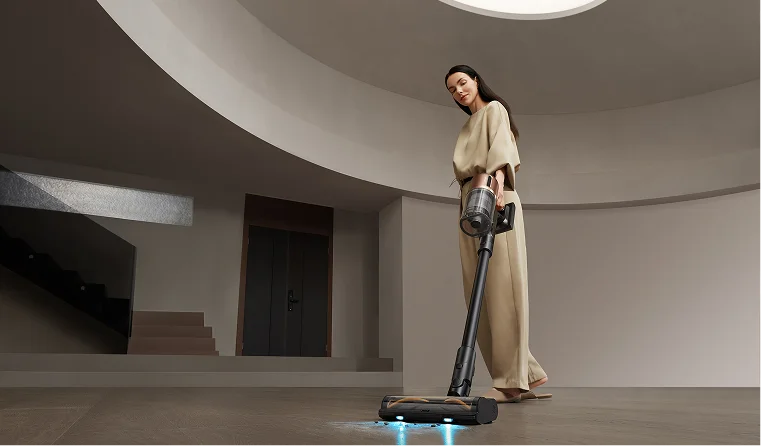





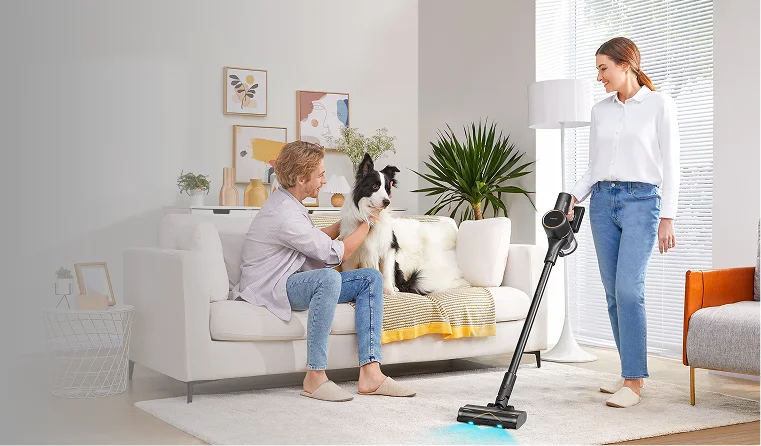

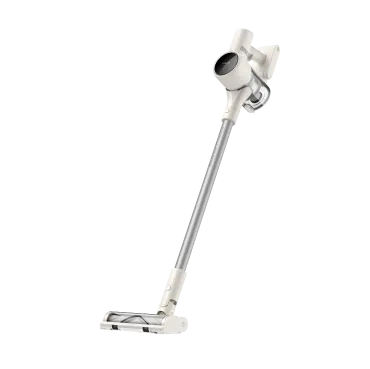
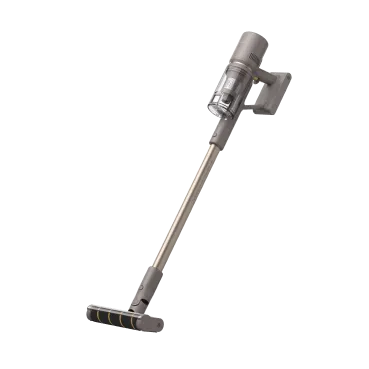
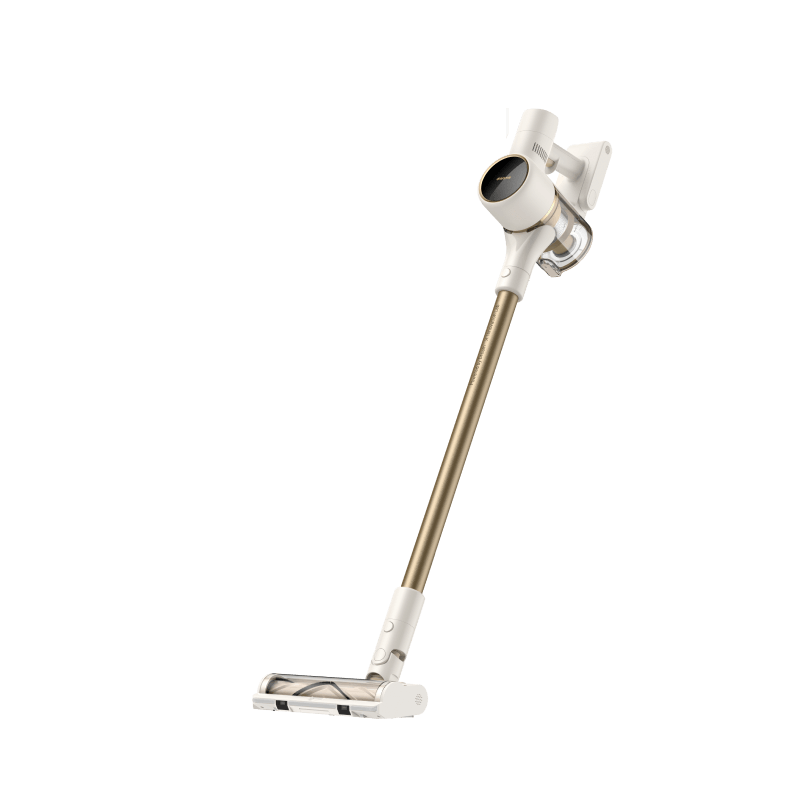



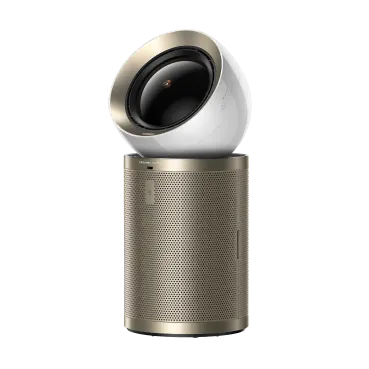
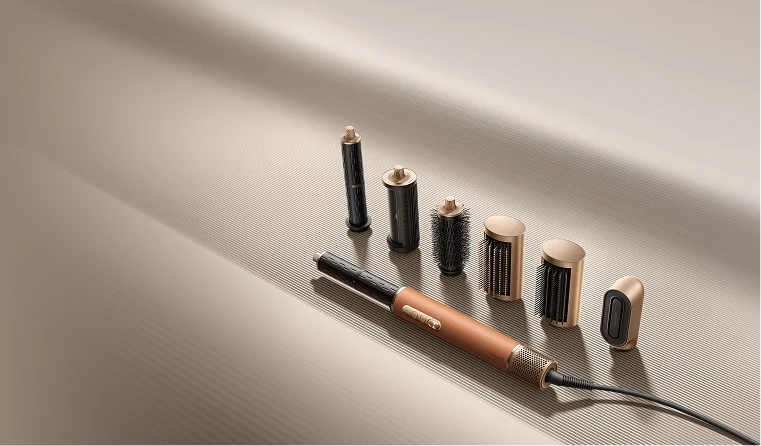
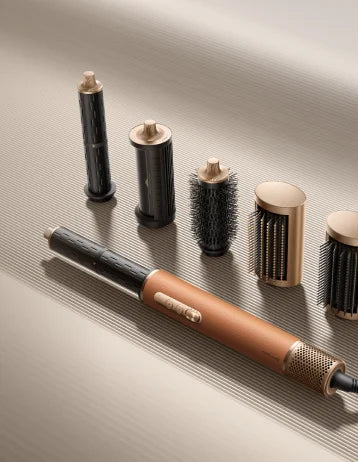

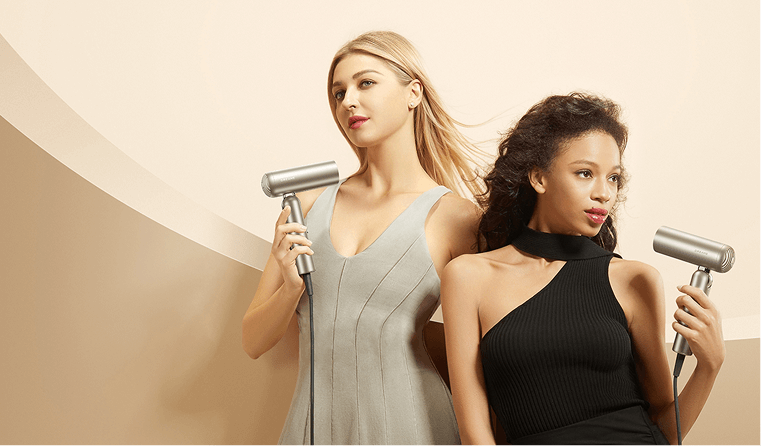

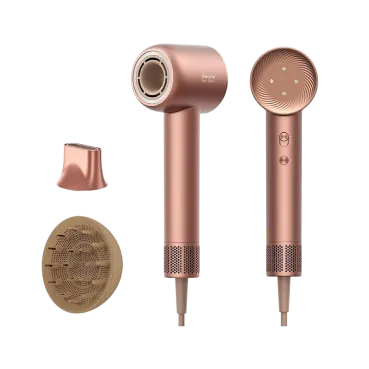



















 Australia
Australia 中国大陆
中国大陆 日本
日本


 Türkiye
Türkiye


 Italia
Italia
 Netherlands
Netherlands Belgium
Belgium
 Greece
Greece Polska
Polska
 Norway
Norway
 Sweden
Sweden
 Finland
Finland
 Denmark
Denmark
 Hungary
Hungary Czechia
Czechia
 Slovenia
Slovenia
 Croatia
Croatia
 Switzerland
Switzerland United Kingdom
United Kingdom
 Canada
Canada







